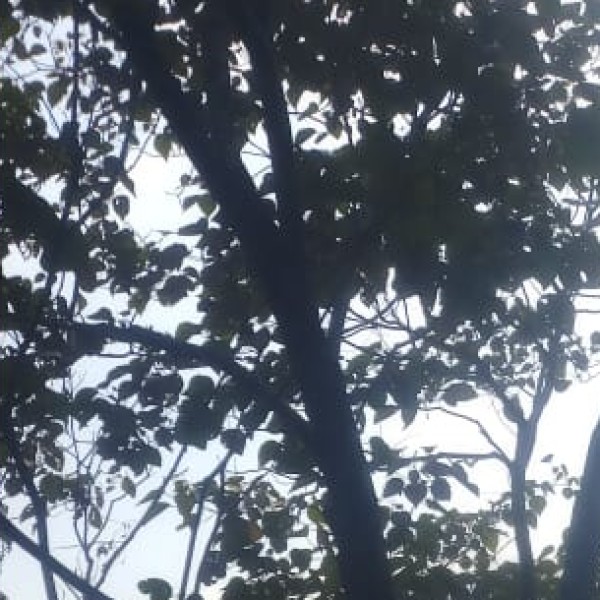Quick Facts
Tinsukia, Assam – a vibrant city in the northeastern part of India:
General Overview
- Location: Eastern Assam, near the Assam-Arunachal Pradesh border
- District: Tinsukia
- Nickname: "The Gateway to the East" due to its strategic location and connectivity to neighboring states like Arunachal Pradesh and Nagaland
- Significance: A major commercial, industrial, and transport hub in Assam
Industry & Economy
- Oil and Gas: Tinsukia is an important center for the oil and natural gas industry in Assam, with major refineries and production units
- Tea: The district is known for its tea estates, contributing significantly to Assam's tea industry
- Agriculture: The region also produces rice, vegetables, mustard, and sugarcane
Tourist Attractions
- Dibru-Saikhowa National Park: A UNESCO Biosphere Reserve, famous for its rich biodiversity, including rare species like the white-winged wood duck and swamp deer
- Namdapha National Park: One of the largest national parks in India, located near Tinsukia, known for its diverse wildlife and dense forests
- Tilinga Mandir: A revered Hindu temple dedicated to Lord Shiva, famous for its bells
- Rang Ghar (nearby Sivasagar): An ancient amphitheater from the Ahom dynasty
- Brahmaputra River: Offers scenic beauty, fishing, and boating opportunities
Connectivity
- By Air: Nearest airport is Dibrugarh Airport (about 40 km away)
- By Rail: Tinsukia Railway Station – Well connected to cities like Guwahati, Kolkata, and Dibrugarh
- By Road: Connected to Dibrugarh, Jorhat, Tezpur, and Arunachal Pradesh via NH 37
Climate
- Type: Subtropical climate
- Summer: Hot and humid (28–35°C)
- Winter: Cool and pleasant (10–22°C)
- Best Time to Visit: October to March when the weather is more comfortable
Festivals
- Bihu – The most widely celebrated festival in Assam, marking the Assamese New Year and harvest season
- Durga Puja, Diwali, Magh Bihu – Popular festivals with cultural events
Eid – Celebrated by the Muslim community in the region
